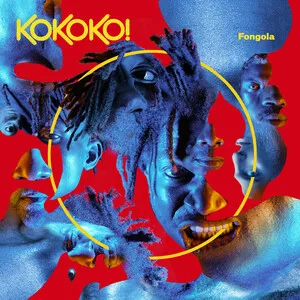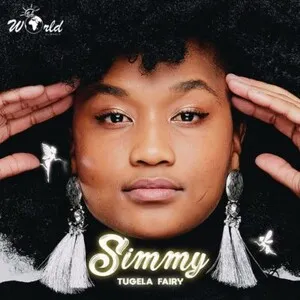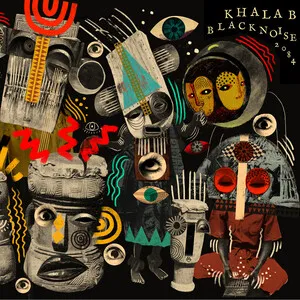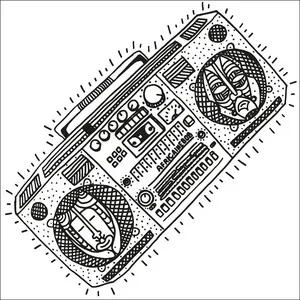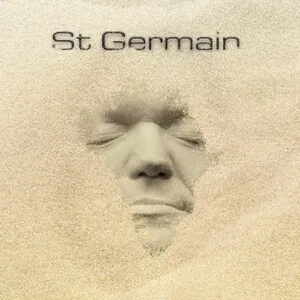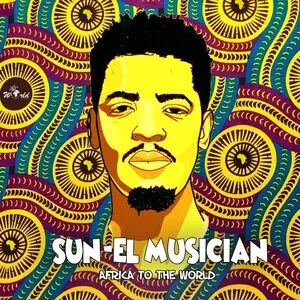Afro house is a percussion-forward branch of house music that blends four-on-the-floor club rhythms with African polyrhythms, timbres, and song forms. Typical tempos sit around 118–125 BPM, with deep, warm kicks supporting interlocking hand drums, shakers, and claps.
Producers often incorporate instruments such as djembe, congas, marimba, balafon, kalimba, and kora, alongside lush pads, soulful vocals, and modal or minor-leaning harmonies. The result is dance music that feels communal and earthy yet modern and atmospheric, balancing hypnotic grooves with emotional, often spiritual, themes.
While the sound is global, Afro house is strongly associated with South Africa’s house lineage and Lusophone networks, and it emphasizes long DJ-friendly arrangements with evolving textures, call-and-response hooks, and dynamic, drum-led builds and breakdowns.
Afro house emerged in the late 2000s from South Africa’s vibrant house ecosystem, where deep and soulful house traditions intersected with local rhythms and kwaito’s slower, groove-heavy sensibility. Parallel currents appeared in the diaspora (notably the Yoruba Records circle around Osunlade), where producers used the term “Afro house” for house tracks infused with African percussion, chants, and spirituality.
By the early 2010s, South African DJs and producers such as Black Coffee, Culoe De Song, and Da Capo helped codify the genre’s hallmarks: 4/4 kicks, layered hand percussion, warm subs, and emotive chords. The music favored long, tension-and-release arrangements suited for late-night dancefloors, often featuring call-and-response vocals and harmonies drawing on church, folk, and pan-African popular music.
Labels and festivals worldwide began spotlighting Afro house, with European tastemakers and global house imprints releasing or supporting the sound. Boiler Room and international club circuits amplified South African scenes in Johannesburg, Durban, and beyond, while Lusophone connections (Angola/Portugal) added distinct rhythmic vocabularies. Afro house became a staple in deeper house and melodic sets, bridging underground credibility and mainstream reach.
In the 2020s, Afro house continued to grow alongside related styles like amapiano and the darker, more tech-focused “afro tech.” Its percussion-first approach also informed organic/melodic house & techno spheres. High-profile accolades (including Black Coffee’s Grammy win for Subconsciously) reflected the genre’s global cultural impact, even as local scenes kept innovating with new drum programming, vocal forms, and live-hybrid performance setups.


